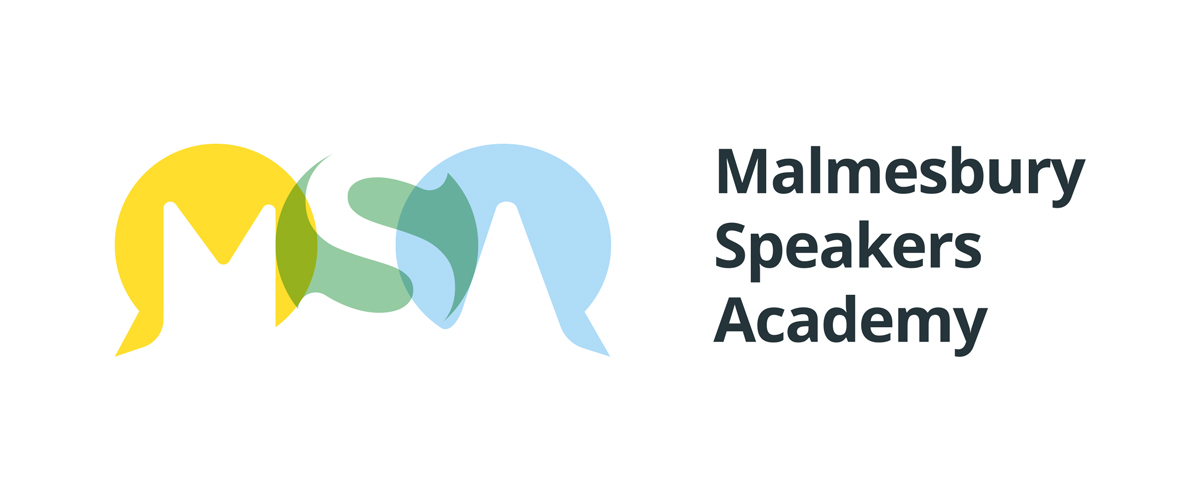Don't say it - show it.
Don't say it - show it. The key to effective product launch presentations
The presenter takes the stage and says: “We’re really excited to announce our new Okey-Dokey 123…” …. Yawn … sorry I dropped off then. What were you saying?
Product Launch presentations are tricky – one the one hand you want to create excitement and a buzz about your new product / course / company / book. But on the other hand, it doesn’t matter how exciting and world changing the product is – if the presentation or presenter is boring, dull, lifeless or cliché then the audience will believe the product is equally dull and boring.
We assume that what we cannot see is as good or bad as what we can see.
At the moment of your presentation what the audience can see and hear is you – and they will judge your product by how good or bad you are at speaking about your product.
So how can you make sure that your presentation doesn’t undermine your awesome new product? Here are some example phrases you will want to avoid:
I’m so excited
We’re delighted
We’re so proud
I’m pleased
The main reason why these phrases will steal the life out of your presentation is the simple fact that the excitement / delight or pride is in no way visible or apparent to the audience.
If your new product is exciting, let the excitement show up in your speech – you should not need to tell the audience you are excited – they should be able to see it clearly.
Make your delight apparent by the way you speak about your project – if you have to tell me you that are delighted then you really aren’t.
C S Lewis addressed this issue in a letter to a young author when he advised:
Don’t use adjectives which merely tell us how you want us to feel about the thing you are describing. I mean, instead of telling us a thing was “terrible,” describe it so that we’ll be terrified. Don’t say it was “delightful”; make us say “delightful” when we’ve read the description. You see, all those words (horrifying, wonderful, hideous, exquisite) are only like saying to your readers “Please will you do my job for me.”
When it comes to emotional engagement in public speaking my advice is simply this: never tell the audience how you are feeling and never tell the audience what they are feeling.
You should never tell the audience how you are feeling because they should be able to see and feel your emotions because of your tone of voice, body language and vocabulary. If you feel the need to tell the audience that you are sad, happy, scared or proud then it is a sure sign that your script and delivery need some work in order to express those emotions more clearly. You shouldn’t need to tell the audience how you are feeling because they should be able to see it for themselves.
You should avoid telling the audience what they are feeling because you don’t know – and it just comes across either as arrogant or superficial. I’ve sat through many corporate presentations where the speaker has said something like: “You will be pleased to hear that….” And I can see that most of the room really isn’t pleased at all – they don’t actually care enough about what is being talked about to feel pleased – or even to feel anything at all. You don’t need to tell the audience that they are pleased or excited – simply tell them something that will really please or excite them.
Picking the right vocabulary, tone and delivery style for the audience that is in front of them is an essential skill for public speakers and presenters. At the Malmesbury Speakers Academy we call this ‘Speaking with Clarity.’ When you speak with clarity your audience will hear and understand your message.
Speaking with Clarity is just one of the modules included in our online public speaking and presenting course called: Speak with Confidence.
When you know that you have a clear, engaging, interesting and valuable message for the people in front of you (whether this is live in the room or on-line) when you know your message is clear it gives your confidence a real boost.
Find out more about the Speak with Confidence online course here and how it will help you write and structure your presentation, so it engages the audience and is fun to deliver.
Find this useful?
I’ve created a free guide that will help you speak with clarity and show you how to structure a short presentation or speech. Click here to get the free guide: How to Plan a Short Presentation

